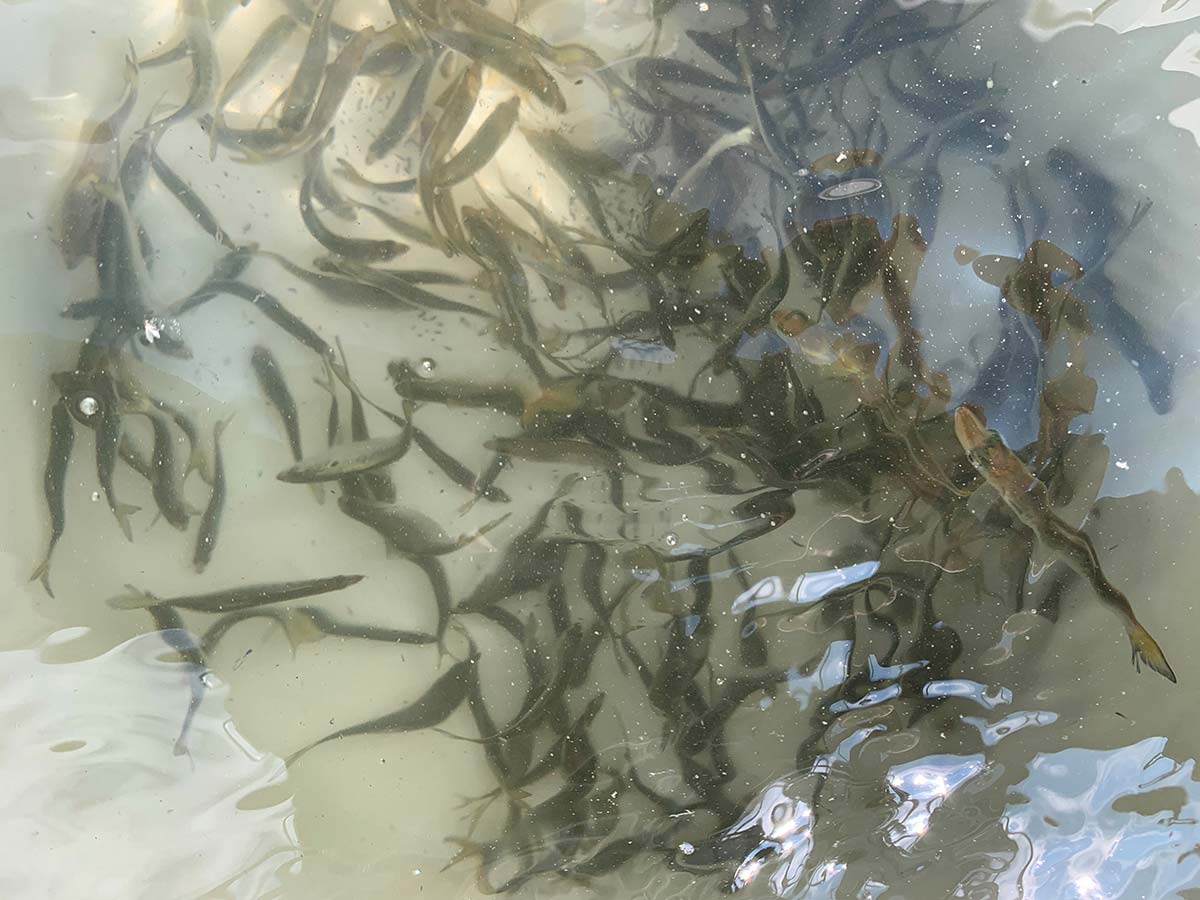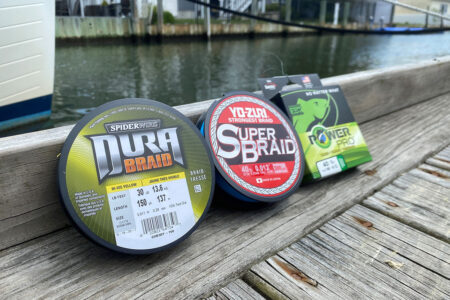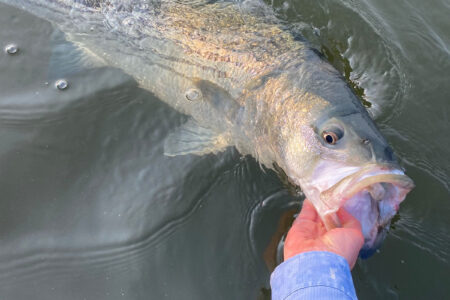
don’t sell yourself short on taking care of a critical component — bait!
For live bait enthusiasts, the most essential concern is, “how am I going to keep my bait alive?” There are many methods, ranging from primitive to sophisticated, but one constant remains the same. Live bait needs to stay, well, alive. Yellow and white buckets are fossils of the past as bait management improvements have gradually gained steam in the fishing marketplace.
For those buying modern fishing vessels that are dedicated to angling over pleasure cruising, it’s probable that a livewell is part of the set-up. The larger the boat, the greater the capacity the well can hold, depending on the manufacturer. For instance, offshore battlewagons usually have livewells of no less than 40 gallons and sometimes much, much more. Smaller boats designed for saltwater sometimes have livewells that only hold 12 to 30 gallons on average. Although that doesn’t seem like a lot, it is sufficient enough to provide captains with a stash of “livies.”
In addition, boats sometimes have two livewells. Freshwater bass boats were at the forefront of dual bait wells with one in the bow and one in the stern. As largemouth bass, walleye and redfish tournaments grow in popularity, there are more innovations geared toward keeping the catch alive for weigh-in and then subsequent release.
All these wells have a common denominator. They suck in raw water from the outside with a high-speed pump while circulating water drains overboard simultaneously. This allows clean, oxygenated water to be delivered directly to the bait while flushing out the wastewater at the same time. Water that loses oxygen and gets filled with excrement exponentially shortens bait life. Furthermore, anglers that overstuff the livewell with bait, often kill or at least shorten the duration of their bait life. Most fishermen have made this mistake so experience can work toward making better decisions. One can get away with jamming extra mud minnows into a boat’s working well, but try the same thing with adult or peanut bunker and the result is surely going to be abysmal. What’s more, cold water is more conducive to bait survival. When summer waters are at their toasty peak, it’s best to carefully monitor the amount of bait you carry.
For those who need a livewell that’s portable and transferrable, there are options on the market. Not every boat has a live well and there is certainly a need for land-based anglers to keep bait alive so it only makes sense that that products exist to fulfill these desires.
The KeepAlive Oxygen Infusor ranks at the top according to Captain Dave Showell, owner of Absecon Bay Sportsman in South Jersey. The inshore guide and bait expert prides himself on providing minnows, spots, crabs and even peanut bunker and mullet to his customers. “The KeepAlive takes oxygen straight from the air through a tube and blends it with the water,” he said. “This allows the baitfish to get oxygenated water even without a raw water exchange that a boat well has.”
I can attest to the KeepAlive product as I’ve cast-netted live spots at the beach, put them in a tuna cooler and transported them back to the dock’s bait pen. I had over 100 pieces in the cooler and the KeepAlive worked fantastic.
A word of caution: It is essential that fishermen make sure the pump is connected to the battery at all times. I once had a clip disengage the battery terminal and I lost connection, which in turn, caused all my bait to die when I wasn’t looking. Captain Dave says a fully charged 12 volt battery usually keeps the pump running for 24 hours or more.
Finally, there are bubblers that put oxygen in the water and function off D batteries. These certainly have a niche and can work for minnows and grass shrimp to shiners and spots. Water does, in fact, need to be replaced when it gets warm and polluted. They are very affordable despite breaking much easier than a Keep Alive.
Bait containers that are ovular or circular work best and extend bait life because the offerings will not bang their heads into a corner causing them to get “red-nosed” and succumb. For example, a 5-gallon bucket is going to work much better than a rectangular cooler.
You buy all the right tackle and take the time to get to your honey hole so don’t sell yourself short on taking care of a critical component – bait!




